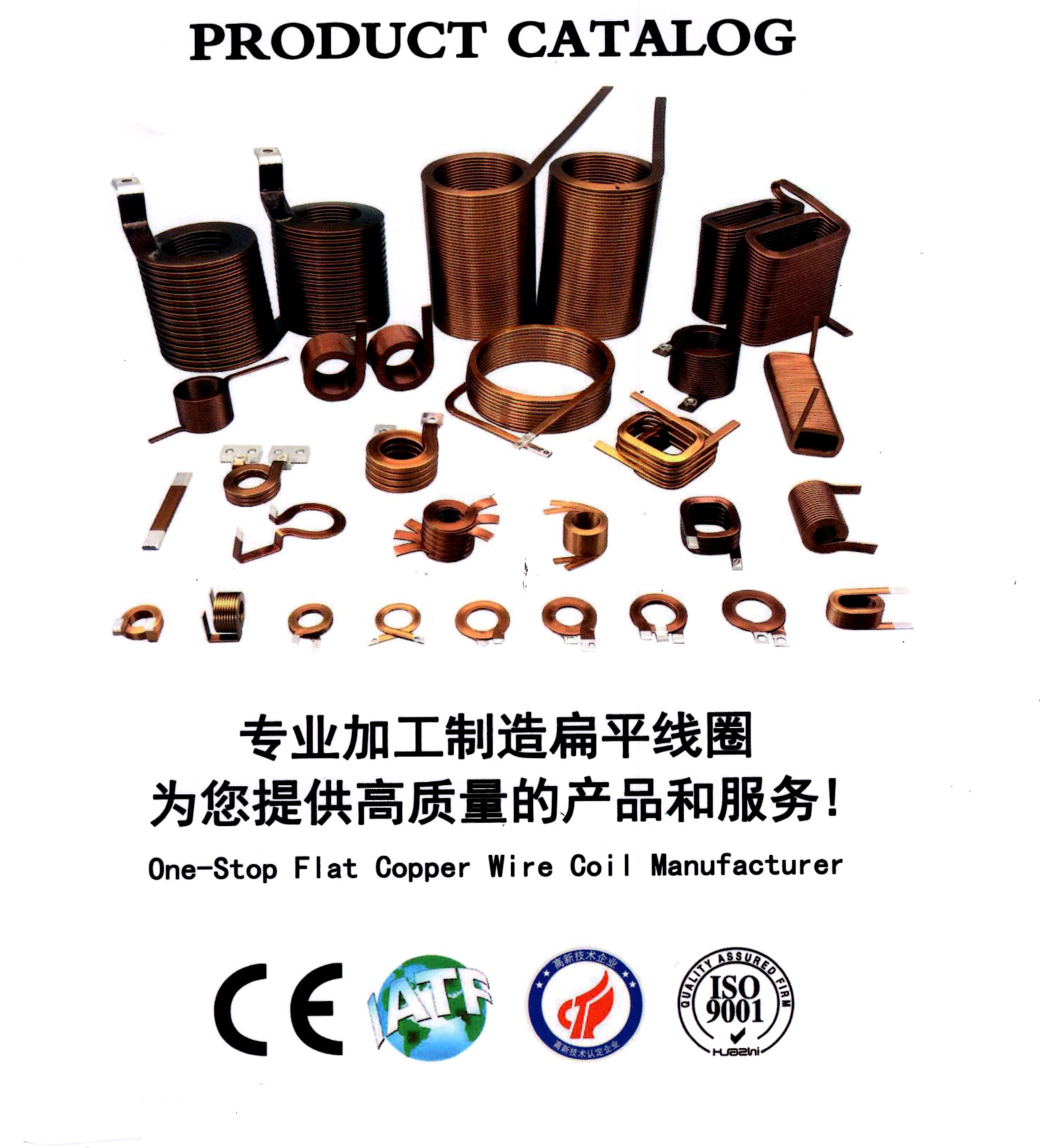1. Selection of sensitivity
Generally, within the linear range of the angle sensor, the higher the sensitivity of the angle sensor, the better. Because only when the sensitivity is high, the value of the output signal corresponding to the measured change is relatively large, which is conducive to signal processing. However, it should be noted that the sensitivity of the sensor is high, and external noise that is not related to the measurement is also easily mixed in, and it will also be amplified by the amplification system, affecting the measurement accuracy. Therefore, it is required that the sensor itself should have a high signal-to-noise ratio, so as to reduce the factory disturbance signals introduced from the outside.
The sensitivity of the sensor is directional. When the measured value is a single vector, and its directivity is higher, you should choose a sensor with less sensitivity in other directions. If the measured value is a multi-dimensional vector, the smaller the cross-sensitivity of the sensor, the better.
2. Frequency response characteristics
The frequency response characteristic of the angle sensor determines the frequency range to be measured. It must maintain undistorted measurement conditions within the allowable frequency range. In fact, the response of the sensor always has a certain delay. I hope the shorter the delay time, the better.
The frequency response of the sensor is high, and the frequency range of the measurable signal is wide. However, due to the influence of structural characteristics, the inertia of the mechanical system is large, and the frequency of the measurable signal of the sensor with low frequency is low.
In the dynamic measurement, the response characteristics should be based on the characteristics of the signal (steady state, transient, random, etc.), so as to avoid excessive fire errors.
3. Linear range
The linear range of the angle sensor refers to the range in which the output is proportional to the input. In theory, within this range, the sensitivity remains constant. The wider the linear range of the sensor, the larger the range, and it can ensure a certain measurement accuracy. When selecting a sensor, when the type of sensor is determined, it is first necessary to see whether its range meets the requirements.
But in fact, no sensor can guarantee absolute linearity, and its linearity is also relative. When the required measurement accuracy is relatively low, within a certain range, the sensor with small nonlinear error can be regarded as linear, which will bring great convenience to the measurement.
4. Stability
After a sensor is used for a period of time, its ability to keep its performance unchanged is called stability. In addition to the structure of the sensor itself, the factors that affect the long-term stability of the sensor are mainly the environment in which the sensor is used. Therefore, to make the sensor have good stability, the sensor must have a strong ability to adapt to the environment.
In addition, before selecting an angle sensor, it should investigate its use environment, and select the appropriate sensor according to the specific use environment, or take appropriate measures to reduce the impact of the environment.
Litz Wire Typical applications are: high frequency inductor, transformer, frequency converter, fuel cell, the horse, communication and IT equipment, ultrasound equipment, sonar equipment, televisions, radios, induction heating, etc.In 1911, New England became the first commercial manufacturer in the United States to produce the Leeds line.Since then, New England has remained the world leader in providing high-performance Leeds line products and solutions to customers around the world.It is also transliterated as the "litz line".

Litz Wire,Copper Litz Wire,Copper Transformer Litz Wire,High Temperature Litz Wire
YANGZHOU POSITIONING TECH CO., LTD , https://www.yzpstcc.com